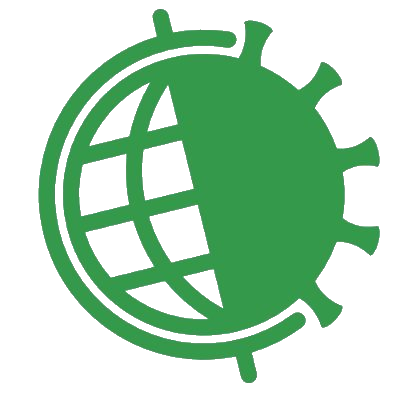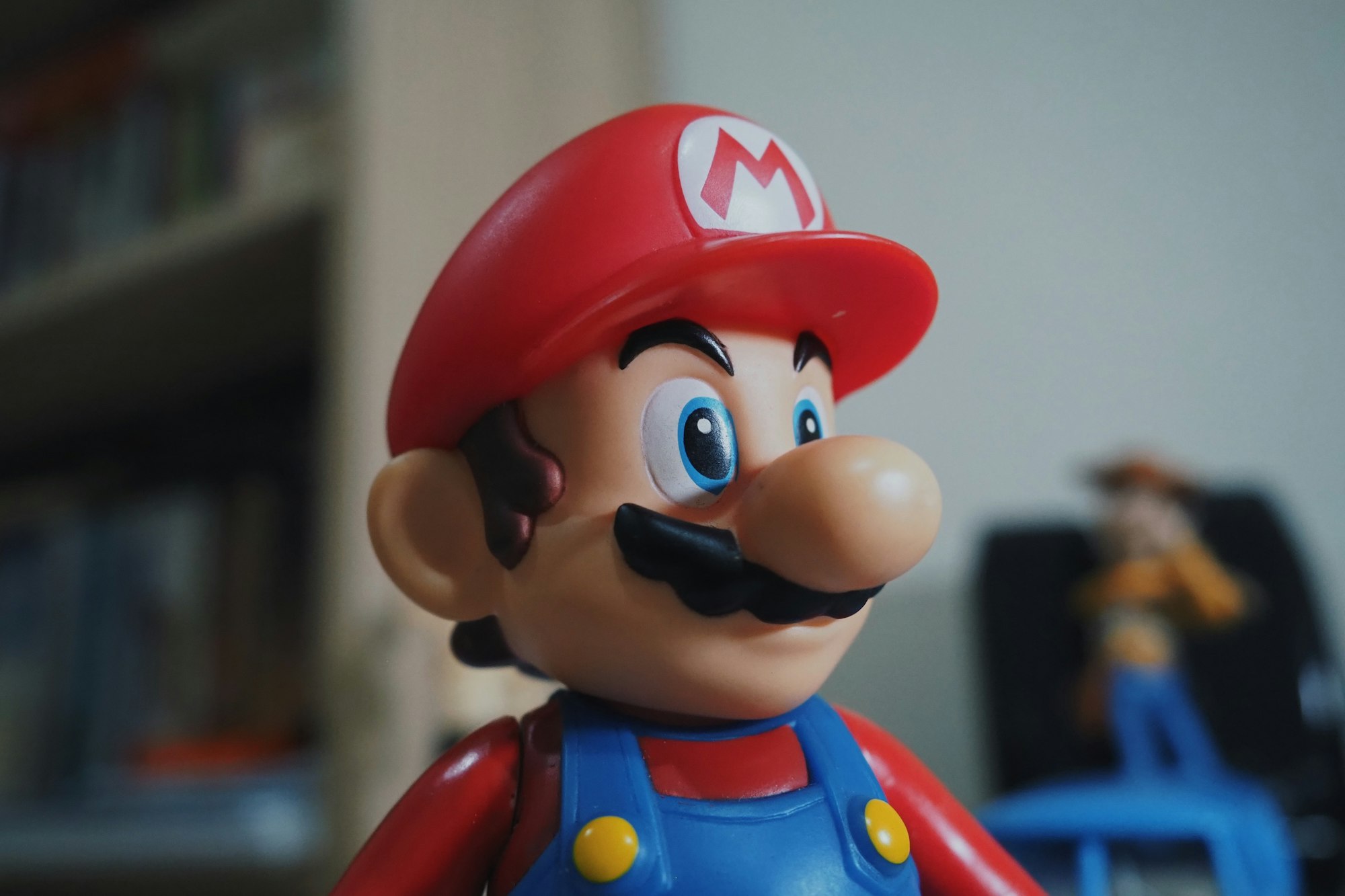By Marta Ferrara (external contributor)
Since February 2021, a new Government of national unity, led by Mario Draghi, the former Head of the European Central Bank (ECB), has been leading the country after the governing coalition collapsed over disagreements, among other things, on Covid-19 policy. Mr Draghi's agenda revolves around handling the pandemic and the massive spending plan called the National Plan of Recovery and Resilience (NPRR). The latter is based on the Next-Generation European Union (EU) scheme, which includes a 'recovery fund' that allocates to Italy about 200 billion euros.
In this post, I link Mr Draghi's political style with the shift towards a technocratic legitimation of Government and the change in the Italian response to the pandemic.
When Mario Draghi was appointed Prime Minister (PM) on 12 February 2021, the Italian psychiatrist Massimo Recalcati spoke about a 'father return' (M Recalcati, Il draghismo e la legge del padre, La Stampa, 8 March 2021). Facing an unprecedented economic, social, and political emergency, the Italians idealized Draghi as the fatherland saviour. The famous sentence 'whatever it takes', that he pronounced as the Head of the ECB, was on everybody's lips after he took over. Indeed, at a symbolic level, the Italian somewhat non-ideological political framework enhances the appeal for an authoritative leading figure. This 'father need' is in fact a regular feature of Italian politics. In 1993, 1995, and 2011, party politics stalemates were solved by the President of the Republic through the appointment of technocratic Cabinets meant to carry out institutional reforms or adopt financial measures too uncomfortable for political forces.
One must go beyond its symbolic aspect to grasp the core of Draghi’s governing style. Indeed, two correlated features stand out: on the one hand, a sort of Keynesian approach to economic policy, illustrated by the statement 'this is a year in which money is not asked, but it is given' (made by the PM at the press conference to present the so-called Support Decree Number 41/2021 (17 March 2021)); on the other hand, a 'special relationship' with the EU, as the process of concocting the NPRR by continuous informal consultation with EU officials shows.
These two features confirm that Mr Draghi’s Cabinet is focused on 'solving issues' and 'making policy' (S Fabbrini, Draghi e l'impatto sul futuro dei partiti, Il Sole 24 Ore, 12 March 2021). He benefits from a vast coalition including almost all the parties in Parliament. In addition, there is a notable difference with previous Cabinets. Unlike the latter, for the first time since the insertion of the balanced budget principle into Article 81 of the Italian Constitution (2012), the present Government does not have internal budget constraints thanks to the expected EU recovery funds.
A silent institutional praxis
Another peculiar feature of the new Cabinet is its aloofness. The code word to describe the institutional tone of Mr Draghi’s Government is restraint: few press conferences, rare speeches, no social messages. However, the PM communication style is loud and clear when international relations are at stake, emphasising Atlanticism and Europeanism. Think for example of the diplomatic crisis risked with the Turkish leader, Erdoğan, defined by Draghi as a 'dictator' after the so-called 'sofa-gate' (Italian PM calls Erdoğan 'a dictator' after Ursula von der Leyen chair snub, The Guardian, 8 April 2021).
Thus, after the media overexposure of the former Government, with Mr Draghi we are back to a hardworking and media-shy old-style. This trend reflects a specific PM posture that, until now, all Ministers seem to observe, and that is in tune with the sober mood of the current Presidency of the Italian Republic. Nonetheless, after some critical remarks were made by certain parts of the public opinion, the PM started to present the Cabinet's decree drafts to the press.
The new Government style influences the Covid-19 policy, by focusing on reliable data and sensible solutions rather than political consensus. Thus, following the more cautious approach of Germany and France, Mr Draghi respected gradualness and safety principles in the reopening of business activities, which occurred as late as the end of April 2021. The same approach guided the Government decision to maintain a stricter 'curfew' (from 10 pm) than some parties in the coalition would like. The Conference of the Regions and the right-wing party Lega – that abstained in the Cabinet vote on the Statutory Decree Number 52/2021, so-called 'Reopening Decree' – promoted a more permissive line on that issue. Although the Italian Government has not always managed to contain political conflict within the walls of Palazzo Chigi (A Amante, Covid-19 curbs divide Italy's coalition parties), its data-driven approach represented an effective argument to contain the growing ranks of 're-openers' within the Cabinet.
The twilight of PM decrees regarding Covid-19 containment measures
Responding to the Covid-19 epidemic, up to now, Mr Draghi's Cabinet has issued one PM decree (2 March 2021) and seven statutory decrees (Numbers 25, 30, 41, 44, 52, 56, 65, and 73 of 2021), providing economic recovery and public health measures, besides the extension of the Covid-19 national emergency until 31 July 2021. These instruments are all adopted by the Cabinet plenum (the Council of Ministers). The enactment of one PM decree at the onset of the new Government action can be explained by the short time available to devise a new regulatory strategy. From then on, by sticking to statutory decrees as the fundamental legislative tool, Mr Draghi seems to have taken stock of past criticism over curbing fundamental rights and freedoms by ministerial regulation with scant supervisory role by the Parliament and the President of the Republic (see the Oxford Compendium Country Report for Italy). Indeed, by using legal sources under parliamentary control, such as statutory decrees, Mr Draghi wants to avoid too much centralisation upon the executive and complies to a greater extent with constitutional guarantees. It is a notable and expected change compared to Mr Conte's approach, who relied on his decrees for most of its Government’s action over the pandemic (for a comprehensive account of the Italian public health measures in response to Covid-19, see Part IV of the Oxford Compendium Country Report for Italy). Nonetheless, Micol Pignataro has argued that even the new approach can hide some pitfalls.
The vaccination campaign
The Covid-19 vaccination campaign is the main challenge for Mr Draghi’s Cabinet credibility in both national and European scenariis, mainly because Italy has been one of the worst-hit countries. Thus, together with the NPRR implementation, achieving herd immunity represents the Italian executive's crucial objective. Until now, Mr Draghi has been playing two matches simultaneously, one in Europe and another one at home. It is known that thanks to his standing, Mr Draghi carries great authority among the members of the European Council. This credit allowed him to take strong positions in at least two cases. First, Mr Draghi prompted the EU Commission to refuse Australia AstraZeneca vaccine doses. He argued that Australia could not be considered a 'vulnerable country'. Second, at the European Council informal meeting in Porto (7-8 May 2021), the Italian PM called for an EU quick action for the European Digital Green Certificate. Currently, a proposal for a regulation is under discussion (COM (2021) 140 final) to establish a European scheme for travel and tourism to apply until the end of the Covid-19 emergency.
At the domestic level, since his appointment, Mr Draghi sensed the importance of marking discontinuity towards the National Strategic Plan for anti-Covid-19 vaccination (Ministerial Decree of 2 January 2021) launched by the previous Government. This political priority explains why some of the first decisions by the new executive were the substitution of both the Covid-19 Emergency Commissioner and the Civil Protection Agency Chief appointed under the previous Government.
However, from the start, the vaccination campaign has been hesitant and mired in many issues. Possibly, the most severe problem concerns the competence of the regions on vaccine delivery traceable to their ordinary competence in healthcare. The highly diverse regional capacity and operational patterns caused delay and confusion. To break the impasse, the Government's Covid-19 Commissioner, Army General Mr Figliuolo, enacted on 13 March 2021 a special Vaccination Plan aiming to vaccinate at least 80% of the population by September 2021. The legitimacy and lawfulness of such a plan are traceable to Judgment Number 37/2021 of the Italian Constitutional Court, which has ruled that the regions must comply with national legislation that falls under the subject-matter of international preventive treatments. In the National Strategic Plan, the new programme was to rollout vaccine jabs according to progressive quantitative targets (from 300,000 daily jabs (from 17 March 2021) to 500,000 by 14 April 2021). These targets have by and large been achieved after initial difficulties. At present, the campaign is going smoothly. In some regions, the threshold age to book a vaccine is down to 30 years old. However, only about 20% of the population has already received two vaccine jabs. Compared to other similar countries, such as Germany and France, data about complete serum inoculated doses shows that the Italian performance is not as satisfactory as it should be.
TWEET
